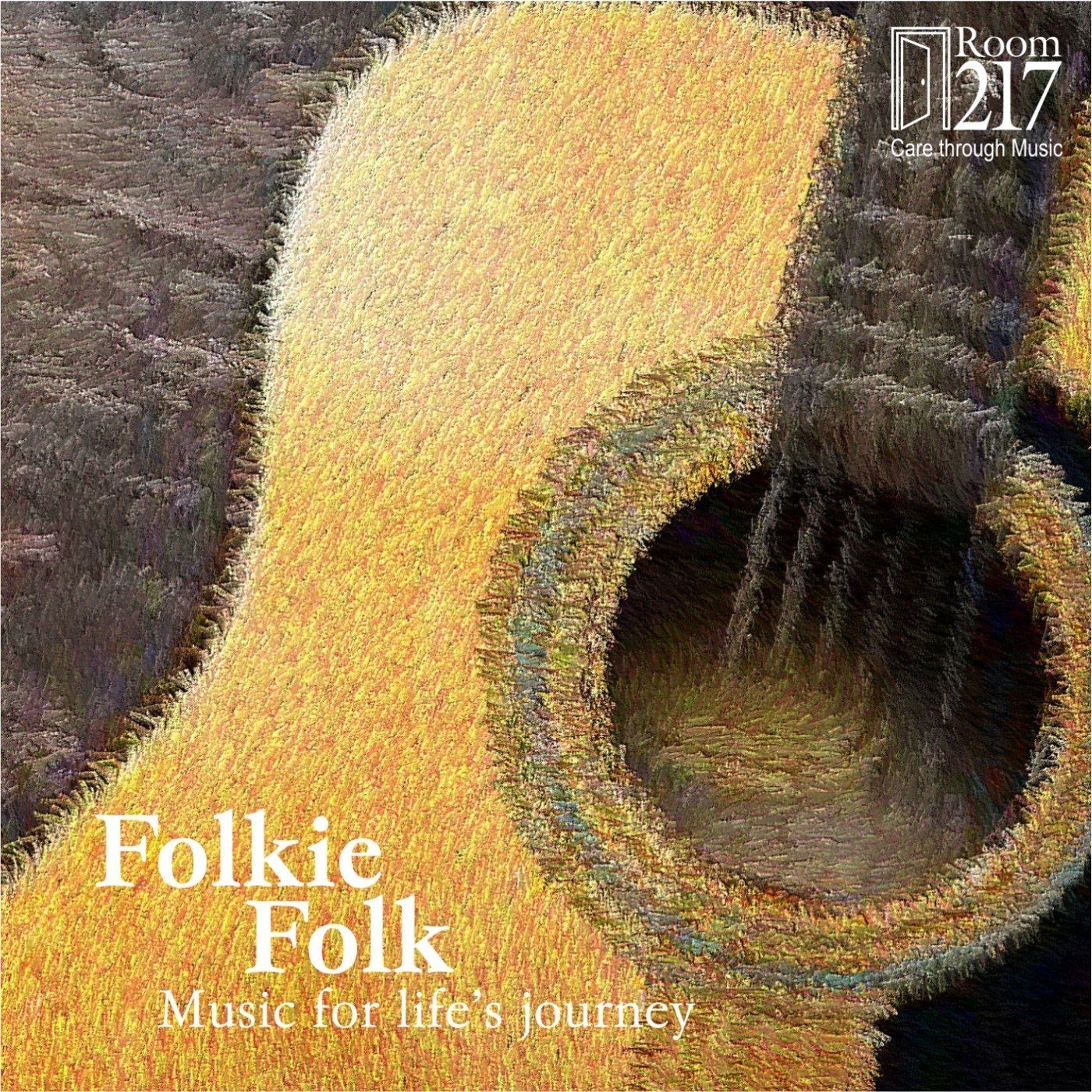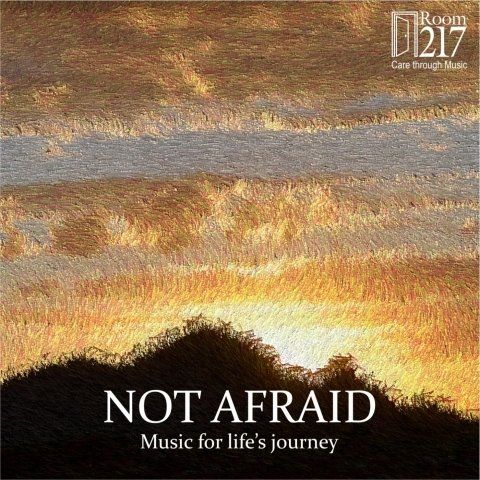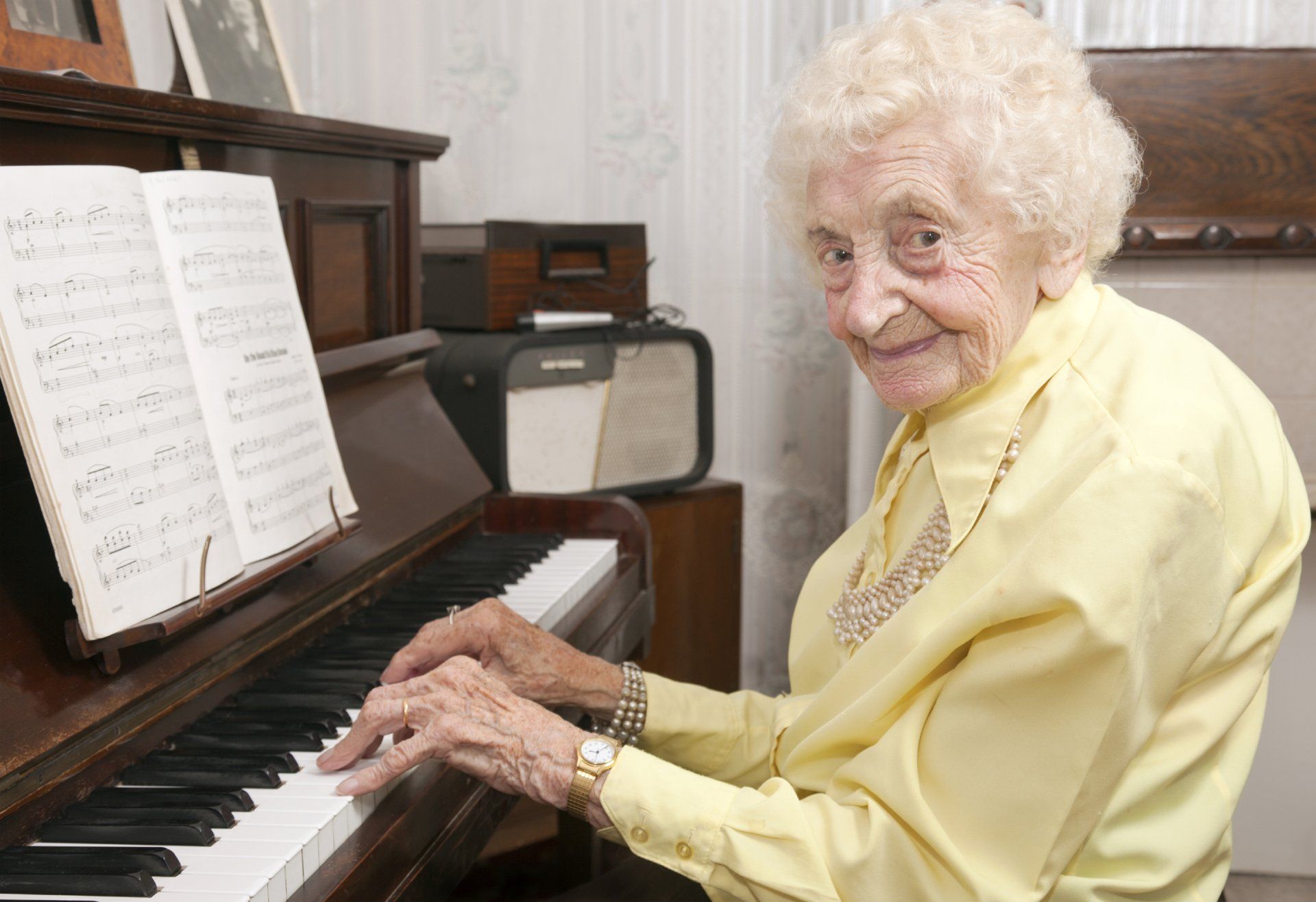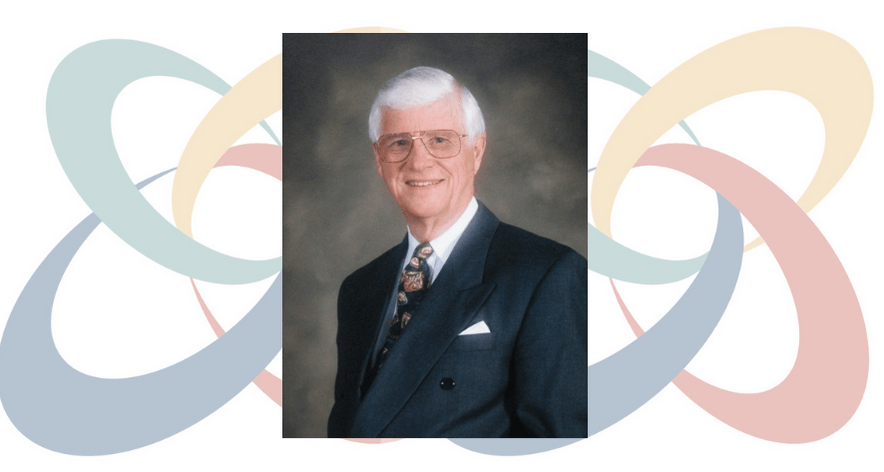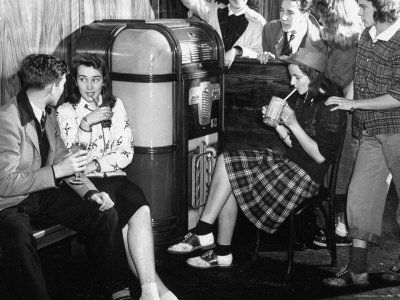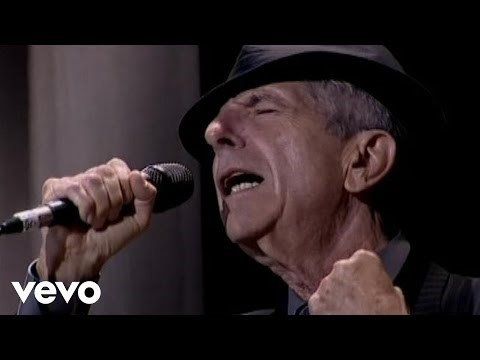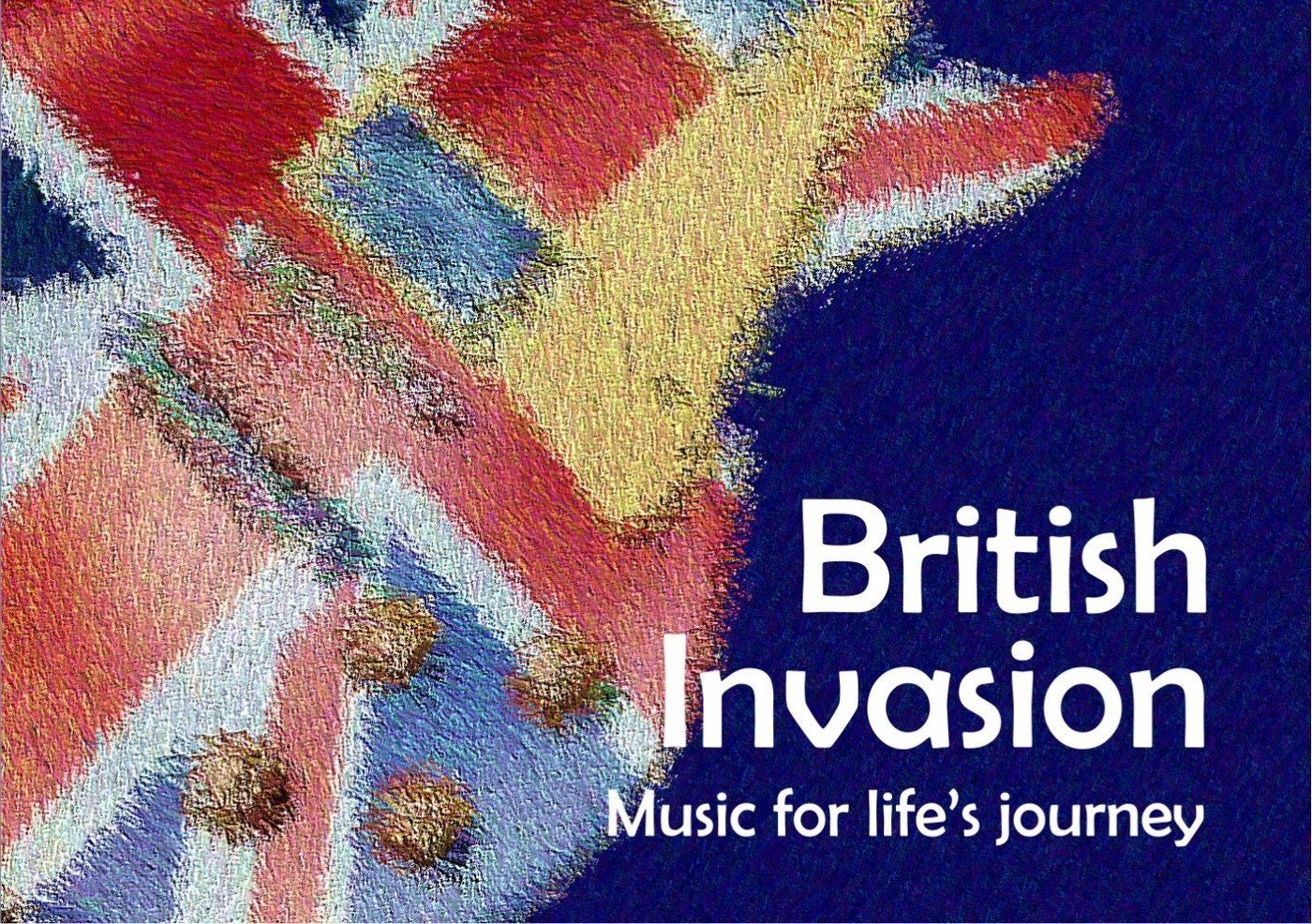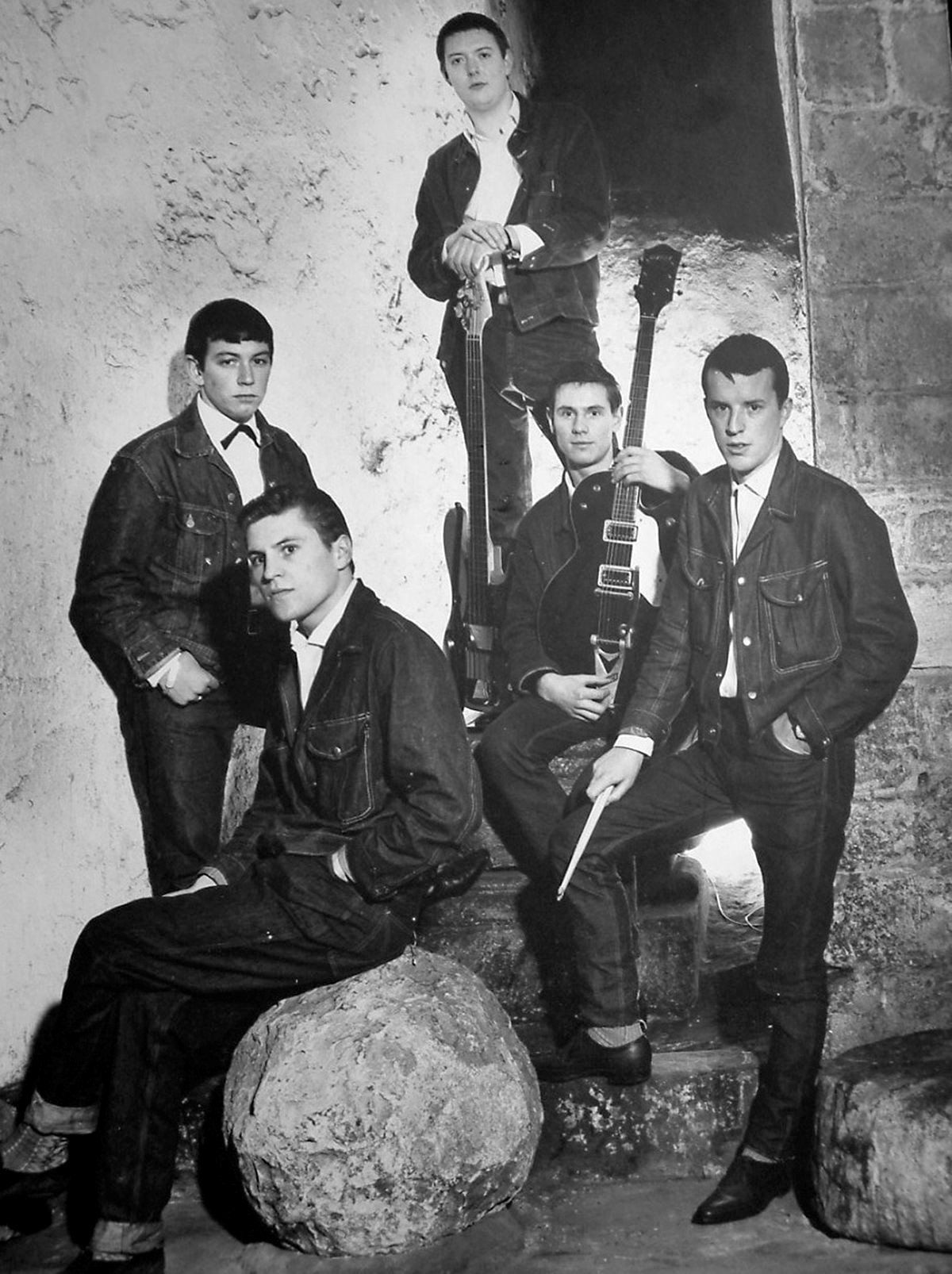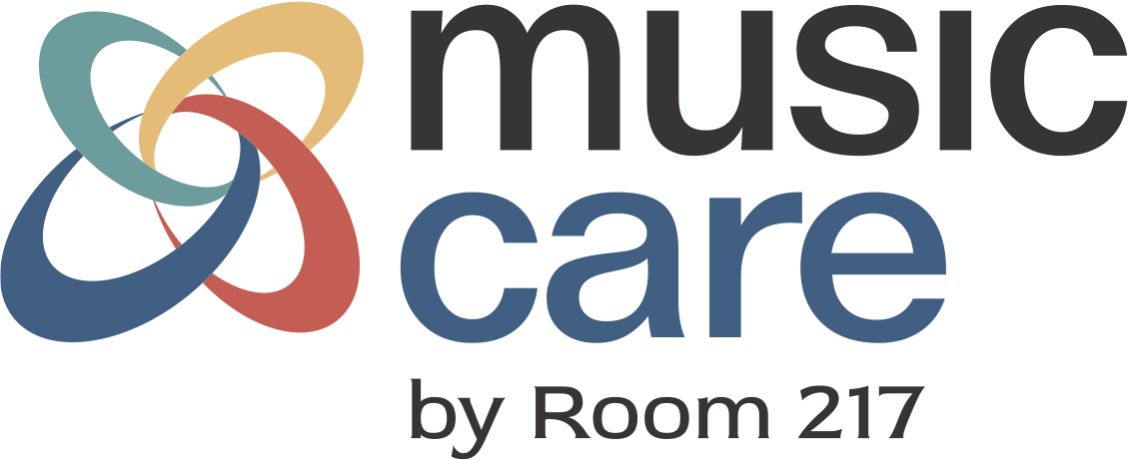5 Effects of Music at End of Life
It was 18 years ago today that my dad died. Music was a big part of how I supported him through his illness and a significant part in how my brothers and sisters, mom and I let him go as we surrounded him in his hospital bed.
My personal experience with dad was a great teacher about the power of music at end of life. Since then, I have made the same journey with others. I have also given myself to disciplined study about the effects of music at the end of life’s journey.
Canadian pioneer, palliative music therapist Deborah Salmon says, “the very breadth and depth of music makes it a wonderful tool at end of life by promoting relaxation, pain control, a sense of well-being and support of emotional and spiritual expression. Music has the capacity to speak directly to our hearts and souls.”
Research tells us that at end of life, the right kind of music can potentiate pain, can entrain or sync up with brain wave activity and heart rate activity. Music can provide a containing space for the emotions that come with farewells and any unfinished business.
While all of this is true, for me, there are five significant ways music can be effective at end of life.
1. Music helps create legacy
Songs have and hold personal meanings for each of us. Songs can capture the essence of how we feel, communicate a personal truth or universal principle that we value, express sentiments, and trigger memories. That’s why in the work of legacy creation, music can be powerful.
Songs are used as prompts for structured legacy work like dignity therapy , playlists for loved ones or memorial CDs.
In some instances, creating a song might be the gift that is left behind to be remembered by. The song may express something specific.
In 2013, I composed a legacy song for Dr. Larry Librach , a Canadian palliative care ambassador. The song was meant to honour Larry at a palliative care conference. When he heard it, he wanted it recorded as a legacy piece for the memory boxes he was creating for his loved ones. The song told a part of his story that would live on. Lyrics are written here.
2. Music makes connections
Music makes connections at many levels, from the cellular to the neuronal, to the relational. At end of life, music can help people connect when it doesn’t seem possible, when loved ones are not able to be physically present, and once a person has passed through.
Sometimes when medication, brain wave activity or confusion get in the way of relating, a song can make the connection for us. That’s what happened for Joy Shaw and her sister Annie. While Annie was heavily sedated in the palliative care unit, Joy used music to connect with her
Studies using fMRI have indicated that patients who are diagnosed with vegetative states may retain more awareness than their clinical assessments suggest. This suggests that in some patients, levels of brain activity like music cognition, may be preserved. This has huge ramifications for caregivers wanting to connect with loved ones who may be comatose or in a vegetative state.
In our work we have heard from many families that a song will keep them connected to their loved one, once deceased. They feel, smell, hear, see their loved one in that special song that holds deep association and communion.
One thing that technology can do when someone is dying is literally have people joined in a phone call or video chat around music. I know one family with eight siblings who used this to their advantage when their mother was dying. Four of them were able to be around her bedside. The other four were in various cities across Canada and couldn’t get there in time. They connected via technology and sang a final song together.
3. Music can be comforting
Preferential music and appropriately selected music can be tremendously comforting at times of loss. This might be because of what the music means to people in the room. There is personal meaning.
Unfamiliar music can also be comforting at times. The song may have new words to encapsulate a grief or sorrow; it might be a beautiful melody or rich harmonic texture that touches the soul deeply.
For me, music has been a tremendous source of comfort in the deaths I have been a part of. Music has helped me as a caregiver process and anticipate loss, helping me let go and release the person into Divine Presence and help me journey through the after process.
Accepting loss is part of the work we do to be emotionally healthy functioning humans. Grief work acknowledges seasons of mourning. According to Dr. Joy Berger , certain kinds of songs accompany these seasons. In my case, music helps me to let go of the outcome into the Greater Story, embrace my sense of loss, and begin to make meaning of it.
Using music to comfort is extremely personal. What works for one, may or may not work for another, so it cannot be laid on or formulaic. The key to this may well be the “right” music, and timing, what a person can absorb emotionally at a given time.
4. Music is an auditory sanctuary
Sometimes, thinking about the impact of sound environments in care settings is a low priority, or maybe not a priority at all. Once I visited an elderly friend who was dying. The head of his bed was at a wall. On the other side of the wall, the hospital was doing repair work with noisy equipment. It was anything but peaceful. He was agitated all the time.
Displeasing sounds can affect heart rate variability, breathing, mood, pain. Pleasing sounds can ameloriate these very same variables.
Displeasing sounds may not only be about beeps, buzzers and noisy equipment. It may be about sounds that are culturally unfamiliar or sounds that have painful associations.
We can do better. We need to be thoughtful and mindful of the impact sound has on a person’s whole being whether we realize it or not.
I’ve been in hospices and palliative care settings where intention has been given to the auditory space like the sound of running water through natural walls or fountains, live music that is gentle and sensitive, designed music for end of life and playing devices in every room, where culturally specific music – live and recorded – is available.
One place where auditory sanctuary is typically well-thought through is in the context of Medical Assistance in Dying (MAiD.) SarahRose Black , a palliative music therapist whose PhD work is in music and MAiD has found that music choices are an important part of the scenario. People are intentional about music that is chosen both for the one leaving and for those who remain, how and by whom the music will be delivered. Controlling the auditory space and claiming it as sanctuary often seems to be part of this process.
5. Music helps to complete the relationship
Relationship completion is the work to be done by someone who is dying. In some deaths that are accidental, sudden or complicated, this is not possible to do. In deaths where there is time between a diagnosis and last breath, there are several tasks to be completed. Often these tasks are co-related with death acceptance.
Dr. Ira Byock , an American palliative physician named these tasks as sentiments to be expressed. There are four of them: Thank you, I forgive you/please forgive me, I love you and Good-bye. Dr. Amy Clements-Cortes dedicated her doctoral work to how music assists in relationship completion. Using four case studies, she works with clients who are dying to use music in expressing these four messages.
What I like about the relationship completion framework is that these sentiments are universal human sentiments and songs in any style can be found in every language to express these ideas.
One of the things I’ve done since dad died is create resources that can be used by other families and caregivers at end of life that are music-based . Music Collections promote all five of these effects at end of life. They are easily downloadable or streamed. A particularly helpful tool for legacy work is called Life Review , one of the sets of Music Care Conversation Cards.
I suppose you could say I’ve been making meaning out my lived experience with dad by helping others use music for legacy, connection, comfort, auditory sanctuary and relationship completion. I’m a big believer.


